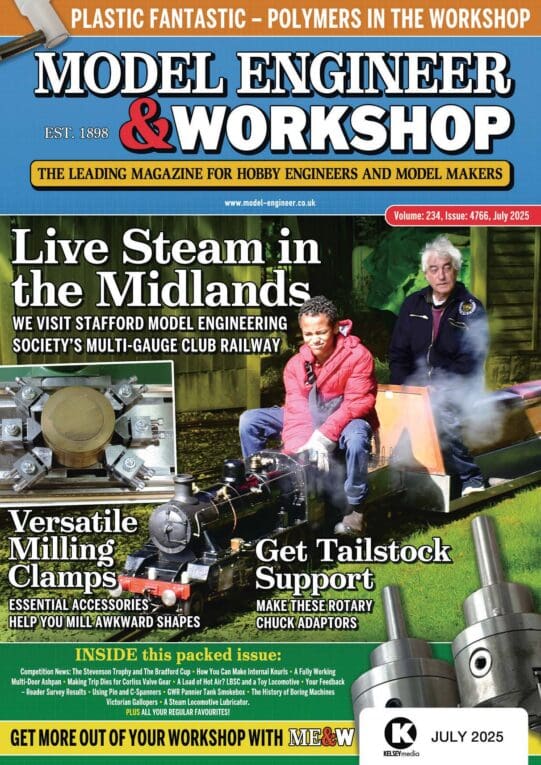Posted by Bogstandard2 on 09/01/2014 16:50:40:
Unlike HSS, carbon steel, brazed tungsten tipped or ground replaceable tips, normal ones like you have work in a different way, as they don't have sharp edges, they don't 'cut' the material as such, and without going into very technical detail, they sort of change the molecular structure at the cutting face and delaminate the material from what is being cut, as they rely on pressure and speed (plus the power to do it) rather than a sharp cutting edge.
So unless you have a machine that can give you that power speed and pressure, you just might not find the results very good.
If you only have a smallish lathe, I would suggest you put it away safely until at some later stage, a larger lathe might come your way.
That all sounds rather mysterious but apart from the fact that the cutting edge usually is very slightly bevelled to improve life and make it less liable to breakage, the cutting process within the workpiece is pretty much the same, with a same shear zone and chip formation etc. The additional power required by having this slightly blunter tip isn't a great deal in our applications. I've seen some suggestions that it actually reduces the tool forces.
My Bantam only has a 1.1kW (1.5HP) motor and much of my machining is done some way below this – I can see that from the motor current displayed on the VFD. As for finish, take a look at the results I achieved in this photo I took recently (from one of my albums). This is carbon steel C1025 (similar to silver steel) and the final cut wasn't heavy compared to what I was using during roughing cuts – but not so light that it messed up the finish. I'm pretty happy with it and didn't need to go near it with emery paper – that's how it comes out.

As I said, there are different inserts for light alloys. Apart from the silver coloured non-stick coating, the cutting angles are better suited and an excellent finish can be achieved without requiring a heavy cut.
The main downside of taking shallower and slower cuts (if you have to) is that the swarf doesn't always break up and you can get long spirals of hot, blue swarf flying off. You can always interrupt the feed to break them – or stand safely back!
Get some decent inserts (Sandvik, Korloy, Iscar etc) and give it a go, find out where they are useful. I doubt you'll be disappointed. It's good fun!
Muzzer
Muzzer.







